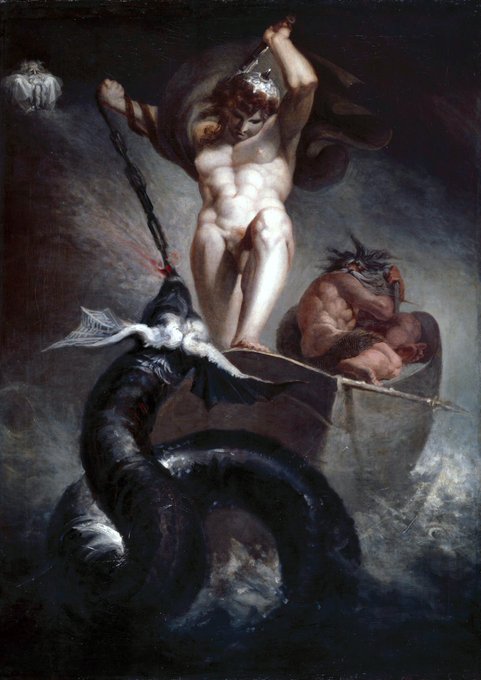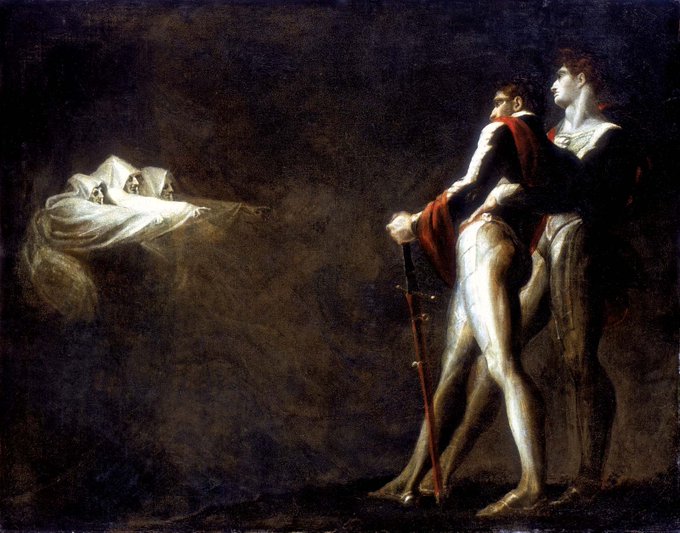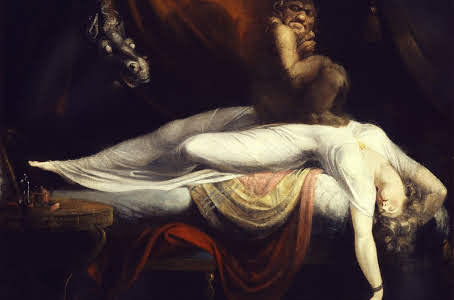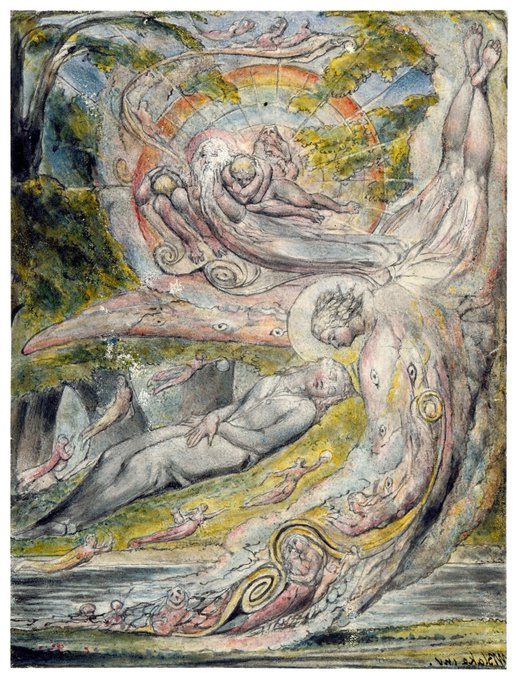FuseliのTwitterイラスト検索結果。 389 件中 15ページ目
Final version of my #fakemon Fuseling. For more of my designs, check out https://t.co/4K9mtcjs4l
Mad Kate (1806/7) by Henry Fuseli (1741-1825) …the idea of madness has accumulated around it a mass of prejudices and fears which spring from a desire to keep the social fabric […] intact’. Mad Women in Romantic Writing (1987) by Philip W. Martin #mentalhealth #HistoryoftheMind
Carlo Dolci @DaveBrownToons y Henry Fuseli @BJennings90 en el #humor al #arte británico de la semana pasada
➡️https://t.co/4JQs81tYLN
#britishhumour #cartoon #art #cartoons #NancyPelosi #DonaldTrump #BorisJohnson
John Henry Fuseli
The Nightmare
1790-91
Oil on canvas, 77 x 64 cm
Goethe-Museum, Frankfurt
#DailyArt #Nightmare
Mad Kate (1806/7) by Henry Fuseli (1741-1825) …the idea of madness has accumulated around it a mass of prejudices and fears which spring from a desire to keep the social fabric […] intact’. Mad Women in Romantic Writing (1987) by Philip W. Martin #arthistory #artists #painting
Henry Fuseli, "Odysseus in front of Scylla and Charybdis", between 1794 and 1796.
Thor Battering The Midgard Serpent by Johann Henry Fuseli 1790 (1741 - 1825)
Thor Battering the Midgard Serpent is a 1790 painting by the Swiss artist Henry Fuseli. It depicts one of the most popular myths in Germanic mythology, Thor's fishing trip with a giant. The nude and muscular Thor stands in Hymir's boat with the Jörmungandr on his fish hook.
Jörmungandr (Midgard Serpent), Norse mythological monster, son of Loki and archenemy of Thor. Painting to the right by Swiss Romantic painter Henry Fuseli (1790). @FolkloreThurs #FolkloreThursday
'Three Witches, Banquo and Macbeth' John Henry Fuseli
😹 Henry Fuseli, The Nightmare Cat 🙀
Today is Friday 13th 😈 https://t.co/u1rREAZlSU #FatCatArt
Odysseus in front of Scylla and Charybdis (1794–1796) by Henry Fuseli
https://t.co/A1fl3diQ2v
via @amazon #gothic
#gothicart #artcards
The dream's here still: even when I wake, it is without me, as within me; not imagined, felt.
- Cymbeline A4S2
#ShakespeareSunday
🎨The Nightmare Henry Fuseli
From the poem The Stolen Child by W. B. Yeats
Painting is The Changeling by Henry Fuseli
"Come away, O human child!
To the waters and the wild
With a faery, hand in hand,
For the world's more full of weeping than you can understand."
#FolkloreThursday
#FolkloreThursday Fairy paintings are strongly rooted in the literary and theatrical influences of Romanticism, as well as in the cultural issues facing the Victorian era. Henry Fuseli and William Blake produced works that would be indicative of the later genre even before 1800.
Have you seen the fairyland masterpieces of Charles Altamont Doyle (father to the famed #SherlockHolmes author)? The whimsical works reflect the popular 18-century trend of fairy art, started in Britain by artists like #WilliamBlake and #HenryFuseli. https://t.co/naC7pADLWf
Wild thyme gathered from a fairy hill will enable you to glimpse the fairy world. Placed under your pillow, it will keep away the night mare. #FolkloreThursday @FolkloreThurs
Art: Henry Fuseli -The Nightmare









































